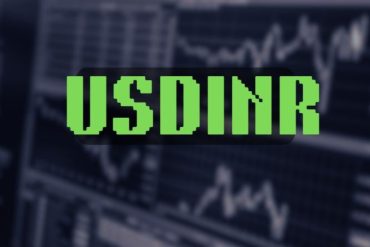USDINR
In this section, you will find our latest USDINR news and analysis, you will also be able to read about its history, and find a live chart for technical analysis.
As with any other currency pair, the Indian Rupee, USDINR, is heavily-affected by central bank decisions. For the dollar, the monetary authority in charge of managing the money supply in the economy is the Federal Reserve or the Fed.
Meanwhile, India’s monetary authority is the Reserve Bank of India or RBI. Interest rates are the single-most-important drivers of currency direction. For the Fed, it has the Federal Open Market Committee (FOMC) responsible for deciding on where interest rates should go.
Related currencies: USDMXN – USDNOK – USDRUB – USDSEK.
Meanwhile, in India, the Governor of the RBI announces rates following the advice of the Monetary Policy Technical Advisory.
India is the fourth-largest economy in the world and has thus been seen as one of the key drivers of global economic growth. It also boasts one of the largest populations in the world which amounts to around 1 billion residents.
What is USDINR?
USDINR is the financial symbol for the spot exchange rate between the US dollar and the Indian Rupee.
Just like most emerging economies, India was hard-hit by the 2008 financial crisis. However, it was not until 2013 when the Euro Zone debt crisis that the Indian Rupee hit an all-time low with USDINR exchange rate at 69.00 INR. The economy has since been on the road to recovery with the government working to liberalize its market by implementing more open policies on investment and trade. The RBI has adopted a relatively loose monetary policy to aid economic growth.
With that said, the central bank tends to be sensitive to inflation reports, making sure that prices do not get out of hand while assisting growth.
Some of India’s biggest exports include textiles, equipment, steel, chemicals, mining, machinery, and transportation among others. One of its biggest trading partners is China.
This means that the Indian Rupee also reacts to Chinese data. This is because positive Chinese growth is taken to mean that there would be more trading activity between the two countries.
Live USDINR Chart
USDSGD Chart by TradingView




